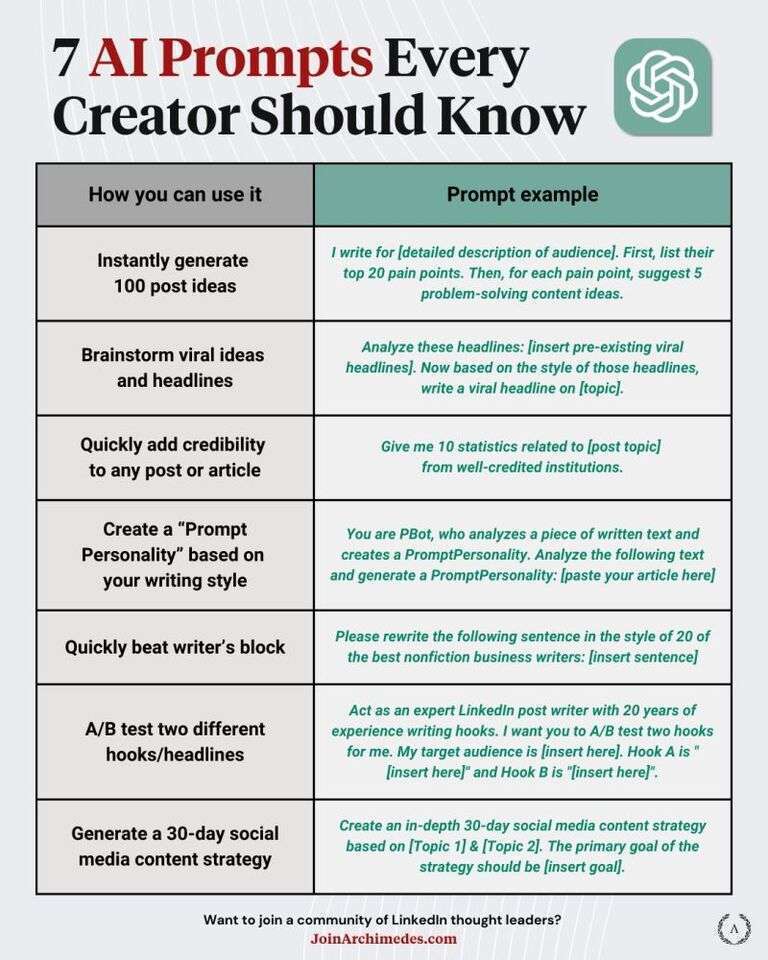#1: Make things complicated to make yourself indispensable.
Those employing this strategy intentionally make systems, processes, or code overly complicated and opaque. This ensures that they become the go-to person, even if it harms efficiency and frustrates colleagues.
#2: Hoard Information and Contacts to Maintain Your Power
Individuals adopting this approach guard knowledge, access, and relationships jealously to maintain their own power and influence. They avoid documenting or sharing information that could help their team operate independently of them.
#3: Pursue short term Gain give Long term consequences to Your Successors
Those pursuing this tactic neglect underlying issues, defer necessary maintenance, or allow technical debt to pile up in order to meet short-term objectives. They leave the consequences and hard work of fixing it to those who come after them.
#4: Take Credit for Successes, Deflect Blame for Failures
Practitioners of this method ensure their contributions are highly visible to leadership. When things go wrong, they exploit ambiguity to avoid taking responsibility.
#5: Advocate for Reorgs to Secure Promotions and Power
Proponents of this strategy push for team restructuring, title changes, or strategic pivots to secure a promotion or consolidate authority. They move on to their next role before the negative impacts of the disruption become apparent.
#6: Play Politics and Undermine Rivals to Get Ahead
Those leveraging this technique engage in office politics, gossip, and backroom dealings to gain an edge over their perceived rivals. They subtly undermine their reputation and projects to make themselves look better by comparison.
#7: Become the filter through which all information flows
Adherents of this strategy position themselves as the gatekeeper for critical information within their team or organization. They control the flow of information to maintain their influence and make themselves indispensable.
#8: Use position of power to stop discussions on controversial topics
Those utilizing this approach exploit their authority to shut down or limit discussions on sensitive or controversial issues that could threaten their position or agenda. They stifle dissent and maintain the status quo.
#9: Prioritize high-visibility work over high-impact work
Proponents of this strategy focus their efforts on tasks and projects that are highly visible to leadership, even if they have a lower overall impact. They neglect critical but less glamorous work that doesn't contribute to their personal brand.
#10: Weaponize compliance and bureaucracy
Those employing this strategy use their mastery of internal processes, compliance requirements, and bureaucratic red tape to block, delay, or sabotage work they do not like.



Hot comments
about anything